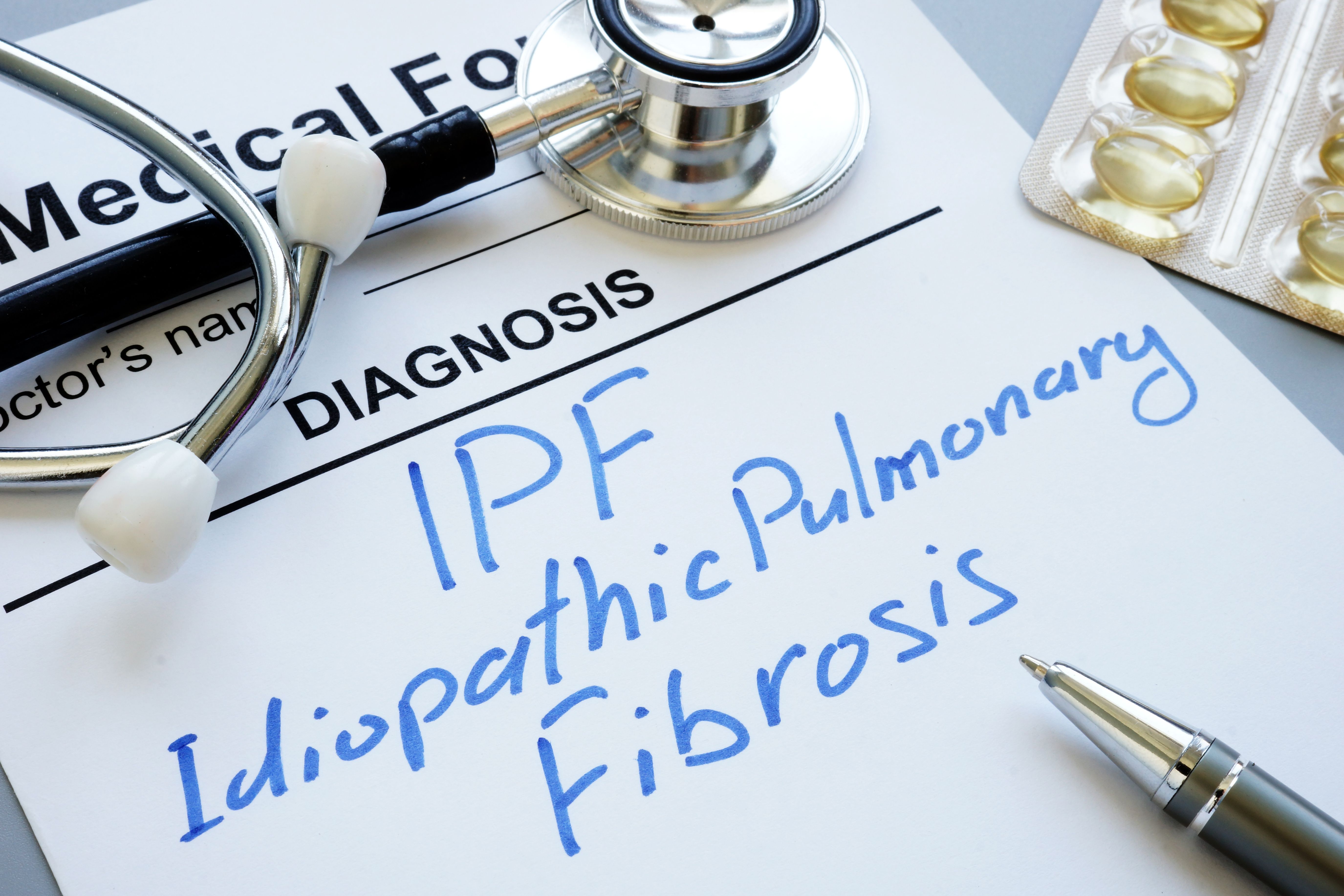- Center on Health Equity & Access
- Clinical
- Health Care Cost
- Health Care Delivery
- Insurance
- Policy
- Technology
- Value-Based Care
Top 5 Most-Read IPF Content of 2024
The top 5 idiopathic pulmonary fibrosis (IPF) articles of 2024 explored topics like the effect of oxygen therapy on health care costs and mortality; delayed diagnoses leading to worse outcomes; new drug trials; the impact of diabetes on pulmonary health; and the growing body of research on macrophages and pulmonary fibrosis.
This year’s top 5 idiopathic pulmonary fibrosis (IPF) articles covered a range of topics, including the impact of oxygen therapy in patients with fibrosing interstitial lung disease (ILD) and the steady increase in literature on macrophages and pulmonary fibrosis.
Here are the 5 most-viewed IPF pieces of 2024.
The top 5 idiopathic pulmonary fibrosis (IPF) articles of 2024 ranged from the effect of oxygen therapy on health care costs and mortality to the growing body of research on macrophages and pulmonary fibrosis. | Image Credit: Vitalii Vodolazskyi - stock.adobe.com

5. Oxygen Therapy for Fibrosing ILD Tied to Higher Costs, Mortality
This July article summarized findings presented at the American Thoracic Society 2024 International Conference, reporting that patients with fibrosing ILD who initiate supplemental oxygen therapy (exposed cohort) face significantly higher mortality rates and health care costs. The mean (SD) total medical and pharmacy fibrosing ILD-related costs per patient per month (PPPM) for the exposed group ($4378 [$22,468]) were 3 times the amount for the unexposed group ($1455 [$6822]). Also, oxygen therapy was associated with more frequent (0.06 vs 0.02 PPPM) and longer (0.98 vs 0.37 days PPPM) hospital stays. Lastly, 54% of the exposed cohort died during the follow-up period vs 39% of the unexposed cohort.
4. Delayed Diagnoses, Oxygen Therapy Use Linked to Worse Outcomes in Patients With Fibrotic ILD
Two CHEST 2024 posters highlighted that delayed fibrotic ILD diagnosis reduces overall survival (OS), while supplemental oxygen increases their clinical burden through higher rates of acute exacerbations and hospitalizations. The first poster associated delayed fibrotic ILD diagnoses with higher mortality rates (16.6 vs. 12.5 per 100 person-years) and shorter median OS (52.7 vs. 70.7 months). The second poster found higher rates of acute exacerbations (7.3% vs. 4.4%; P < .001) and all-cause hospitalizations (41.4% vs. 31.7%; P < .001) in the supplemental oxygen cohort; this cohort also had a shorter median time to first hospitalization (20.8 vs. 35.9 months). Together, these posters underscore the need for earlier fibrotic ILD diagnosis and the exploration of alternative therapies to reduce the long-term clinical burden associated with supplemental oxygen use.
3. FIBRONEER-IPF Trial of Nerandomilast Meets Primary End Point
Boehringer Ingelheim announced in September that its investigational IPF drug, nerandomilast (BI 1015550), successfully met the primary end point in the phase 3 FIBRONEER-IPF trial. The main end point was lung function based on absolute change from baseline in forced vital capacity (FVC) at week 52 vs placebo. Therefore, after 52 weeks, investigators noted that patients taking either dose of nerandomilast exhibited better performance on the FVC test than those taking placebo. This achievement marks the first of its kind in a decade, signaling a potential new treatment for a condition with limited options. However, Boehringer Ingelheim said it is holding back full data until the first half of 2025.
2. How Diabetes Impacts Pulmonary Vascular Dysfunction and Fibrosis
This July article highlighted the significant impact of type 2 diabetes on pulmonary health, particularly pulmonary vascular dysfunction and fibrosis. The researchers found that diabetes can lead to pulmonary complications through mechanisms like chronic inflammation, dysregulated fibrotic signaling, and oxidative stress. Studies also linked prediabetes and breathing problems, showing how diabetes-related changes in body chemistry affect lung function. They concluded by emphasizing that the relationship between prediabetes, type 2 diabetes, and pulmonary disorders underscores the need for extensive research into prediabetes and its underlying mechanisms to prevent progression to diabetes.
1. Pulmonary Fibrosis, Macrophage Research Jumped Since 2020
This year’s top article reviewed research from 1990-2023, highlighting a steady increase in literature about macrophages and pulmonary fibrosis. It identified 3479 publications, with over 200 articles per year since 2020. The US led in publication volume, while China had the most recent literature surge. Therefore, these studies demonstrated growing global collaboration and a focus on cytokine-cytokine receptor pathways and connections to other diseases. Notable contributions from Harvard University, the University of Michigan, and top Chinese institutions underscored advancements in experimental approaches that could shape future pulmonary fibrosis treatments.
